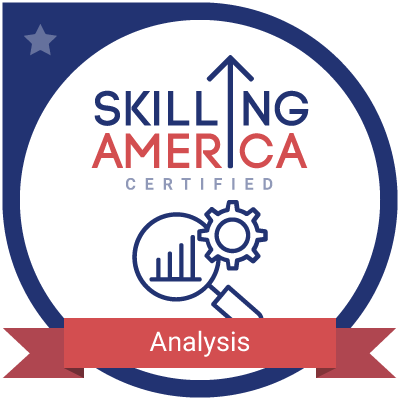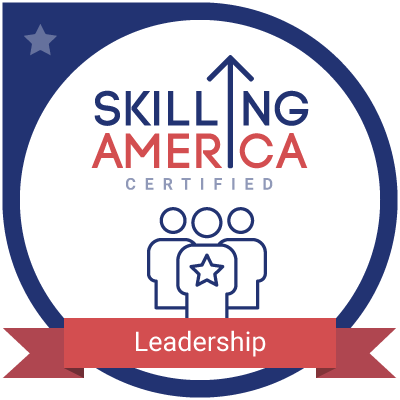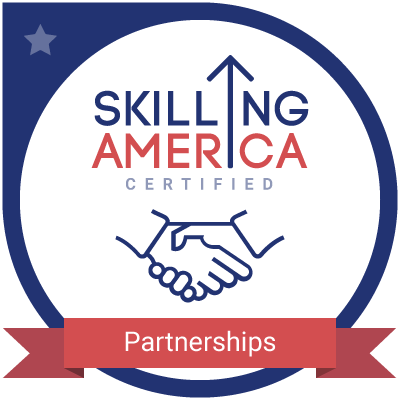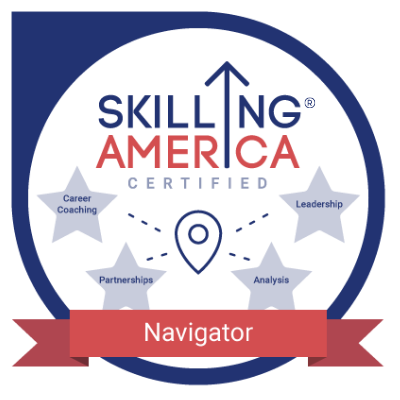In my experience of supporting the development of career pathways, using communication to inspire stakeholders has been the most significant success and challenge. Understanding the difference between communication and information will determine what drives a regional sector initiative. Information requires communication, whereas communication does not require information. Information consists of specific facts and data that must be transferred from one to another. Communication is how those facts and data are transferred. Key stakeholders must understand the collective impact of the initiative relating to the development of the career pathway system. Once all stakeholders understand their roles, the support will be aligned to serve diverse individuals, and the career pathway will be a success.
I once faced a communication challenge with a coworker. She was being reprimanded for a job duty that she didn't complete correctly. I entered the office, and she immediately started yelling at me because she was frustrated about the assignment. I did not react to the name-calling. I could tell she was venting about more than the situation. I was the closest, easiest person to target. I waited until she was quiet and asked if she was finished. I noticed my ability to remain calm under the circumstances helped not to fuel the situation into something more significant. I was careful with my body language during the encounter as well. She took her write-up and stormed out. The next day she came to me and apologized. I asked her a few questions to get clarification on the situation, which helped me understand her viewpoint. We worked well together from that point on. I would encourage you to remain calm, keep your distance and wait until the altercation is over before talking to the person. When you can communicate with them, ask clarifying questions to understand the situation.
I use critical thinking daily when teaching a subject to students or offering services to a participant. I am constantly working on checking my assumptions, clarifying my concepts, and watching my interpretations and inferences when working with people. I am learning to consider my point of view when working with participants. It is important to remember that there are limitations to every viewpoint. It helps to improve your decision-making and problem-solving skills by asking the questions presented in the learning module so that your wheel of reasoning will stay rotating.
I often facilitate difficult conversations with multiple stakeholders, offering different perspectives because much of my work is with marginalized groups.
It helps to stay focused on the goal of the meeting, be open to differing perspectives, and listen proactively. If the meeting has a clear agenda, clear expectations, and clear outcomes, then the meeting can be productive.
When planning a meeting, it helps to ask for any initial questions to be emailed in advance. This ensures that concerns will be addressed and that the ideal outcome is on the table for various stakeholders. Use the strategies discussed in the learning module to achieve the goal of the meeting, such as thinking about research questions to determine relevant data and information, asking clarifying questions to ensure understanding, and asking action-oriented questions to decide what will be done to achieve the goal. Lastly, follow up with meeting attendees.
A leader who is able to motivate key stakeholders always provides clear and concise communication and welcomes feedback. Stakeholders want information about their interests and expectations so that they can understand what is going on. A good leader will act upon the input and show results from that feedback.





